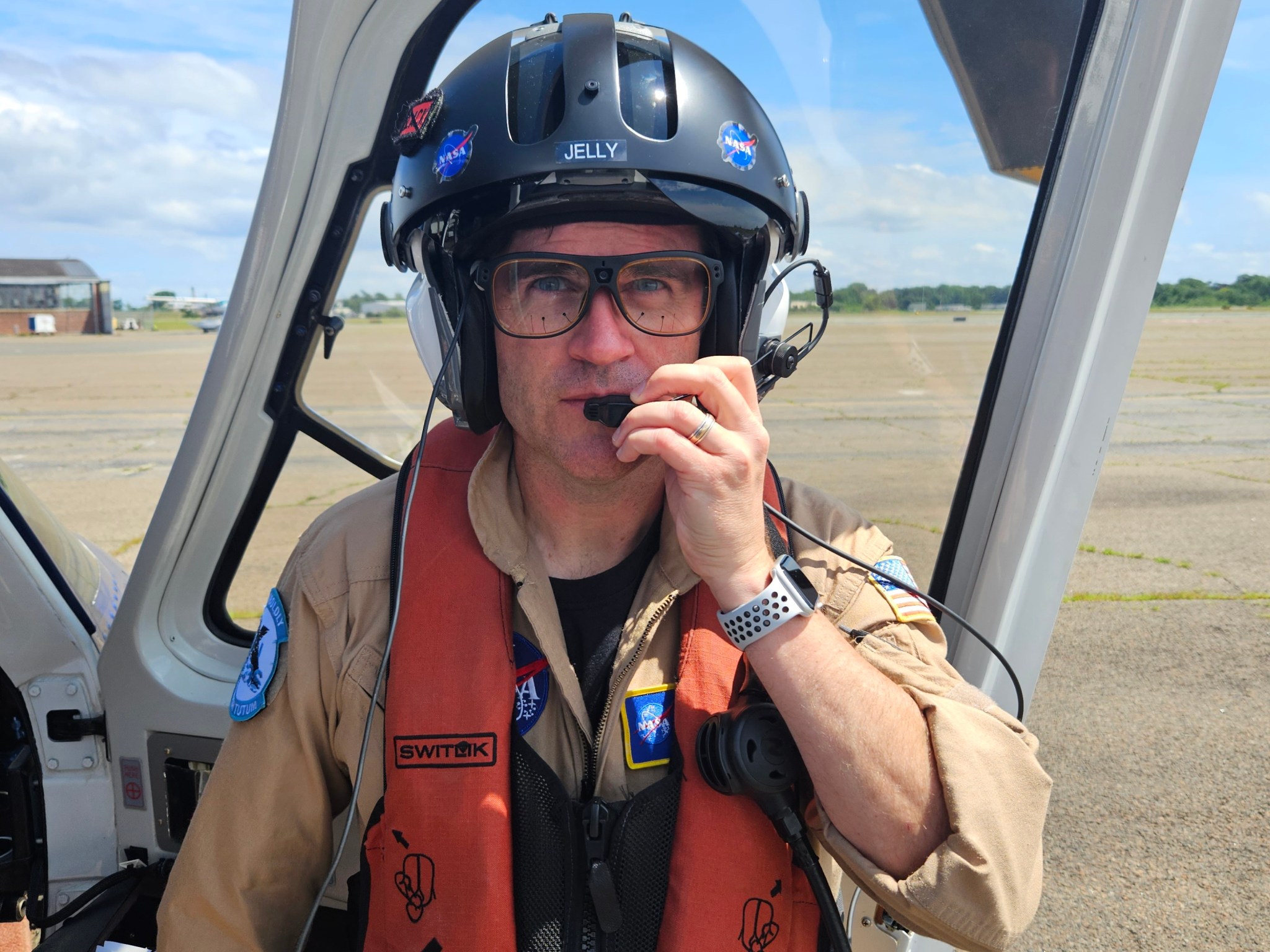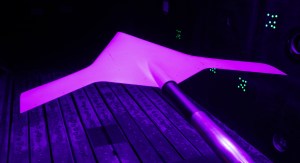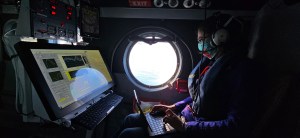
Air taxis may become an important part of the U.S. transportation ecosystem, quickly carrying people relatively short distances – and eventually some may fly without a pilot aboard. NASA is helping prepare for that future with research to ensure that fully autonomous flight technology is safe.
Currently, a NASA study team is evaluating how autonomous software can work with flight navigation tools. And to get that information, they’re investigating how human pilots interact with the new flight navigation technology.
This work, involving the agency’s research pilots, software developers, and flight engineers, is critical for NASA’s Advanced Air Mobility mission, which envisions a future of new air transportation options including air taxis and delivery drones. The research is part of an automation software development collaboration between NASA, the Defense Advanced Research Projects Agency (DARPA) and the aircraft manufacturer Sikorsky.
During an upcoming test, NASA research pilot Scott “Jelly” Howe will wear specially designed glasses that track the movement of his pupils, as well as biometric sensors that measure his body temperature and brain activity during flight. Data gathered will include Howe’s real-time reactions to ground control instructions, aircraft controls, the presence of other aircraft, and weather. The research will also monitor his use of a specially designed tablet into which he will select algorithm suggested flight path options and manually input commands.
Biometric indicators such as dilated pupils, increased brain activity, elevated heart rate, respiration, and temperature can reveal when a pilot is experiencing excessive workload or heightened stress levels. The data gathered through this study will provide insight into pilots’ tendencies during flight. NASA researchers will use that data to improve future autonomous systems, so they can respond to hazards like human pilots would, paving the way for air taxi operations in the U.S. airspace
“The biometric devices we employ enable us to quantify physiological aspects that are typically subconscious,” said NASA human factors researcher Dr. Tyler Fettrow. “Through these devices, we capture eye tracking data, providing insights into where the pilot’s attention is focused, the duration of their fixations, and changes in pupil dilation.”
This type of human-factors research is important because of the unique challenges involved with integrating air taxis in the existing airspace system, where autonomous systems will have to avoid obstacles like other aircraft, buildings, birds, and weather. NASA is looking at the larger blueprint of how these aircraft will be integrated into the national airspace.
“Advanced Air Mobility systems typically involve a high degree of automation and interaction between the humans and technology,” Fettrow said. “Designing interfaces that provide clear situational awareness, appropriate alerts and notifications, and effective communication channels is vital for safe operations.”


























